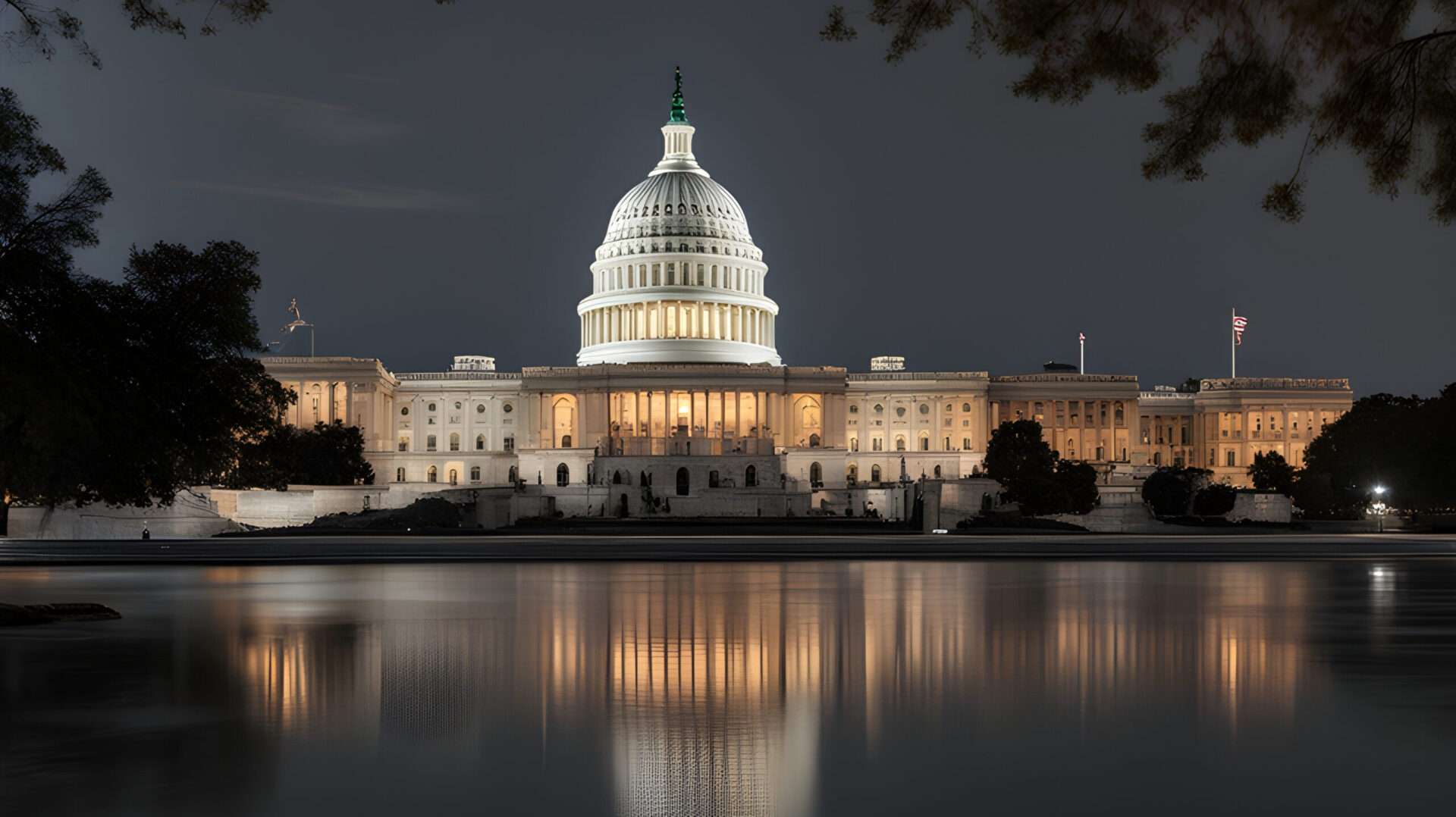Signing of the Declaration of Independence – August 2, 1776
On August 2, 1776, most delegates to the Continental Congress signed the Declaration of Independence. The Revolutionary War had already been underway for over a year, and the colonists had decided to permanently break away from Great Britain.
Thomas Jefferson wrote most of the Declaration, which listed 27 grievances against the king and justified the 13 colonies’ independence. The document was unanimously adopted on July 4, 1776, marking the official separation from Britain. Jefferson, Benjamin Franklin, and John Adams signed on July 4, while the majority of delegates signed on August 2.
Opening of the Panama Canal – August 15, 1914
Over 140 years later, the United States had grown into a global power, rivaling the British and German empires. One major step in U.S. influence came on August 15, 1914, with the official opening of the Panama Canal, which connected the Atlantic and Pacific Oceans.
Efforts to build a canal in the region dated back centuries. Scotland’s late 1600s Darien Scheme failed due to harsh conditions. The French tried in the late 1800s but abandoned the project in 1899 because of engineering challenges and high mortality rates. After Panama’s separation from Colombia, the U.S. took over construction in 1904, completing the canal in 1914. It became a vital trade route, remaining under U.S. control until 2000, when it was transferred to Panama.
V-J Day – August 15, 1945
After Germany surrendered in World War II, Japan remained the United States’ last major adversary. The U.S. had planned Operation Downfall, a mainland invasion that was expected to cause massive casualties. Instead, the U.S. tested its new weapon: the atomic bomb.
On August 6 and 9, 1945, bombs were dropped on Hiroshima and Nagasaki. Around 214,000 people were killed, most of them civilians. Nearly 70% of buildings were destroyed, and ground temperatures reached 4,000°C (7,232°F). Japan announced its surrender on August 15 (August 14 in U.S. time zones), an event known as V-J Day—Victory in the Pacific Day. The formal surrender took place on September 2, officially ending World War II.
Gulf of Tonkin Resolution – August 7, 1964
On August 4, 1964, President Lyndon B. Johnson announced that U.S. naval ships had been attacked in international waters near North Vietnam. Three days later, Congress passed the Gulf of Tonkin Resolution, granting Johnson authority to use any means necessary to ensure peace in Indochina, specifically Vietnam.
The resolution allowed a rapid expansion of U.S. forces in South Vietnam. Troop numbers grew from 23,000 in 1964 to 184,000 in 1965, with further increases in the years that followed. Operation Rolling Thunder, a large-scale bombing campaign of North Vietnam, soon began. By the war’s end, the U.S. had dropped more bombs on North Vietnam than all sides combined during World War II.
Later reports questioned whether the Gulf of Tonkin attack occurred at all, with some suggesting it may have been a misinterpreted or friendly fire incident. Regardless, the resolution marked a turning point, deepening U.S. involvement in a war that would last nearly another decade.

Leave a Reply